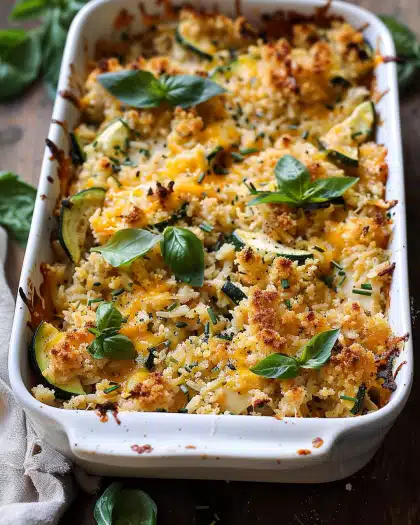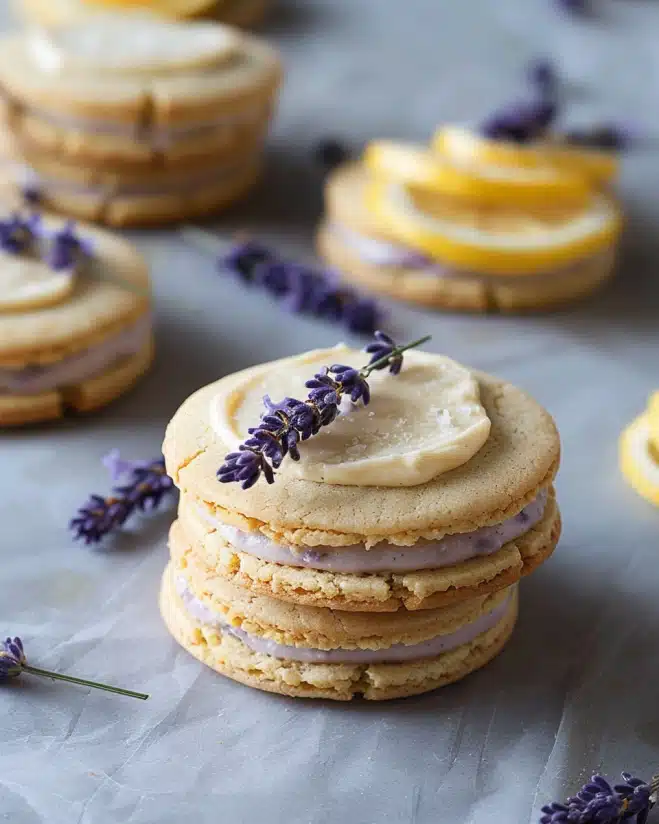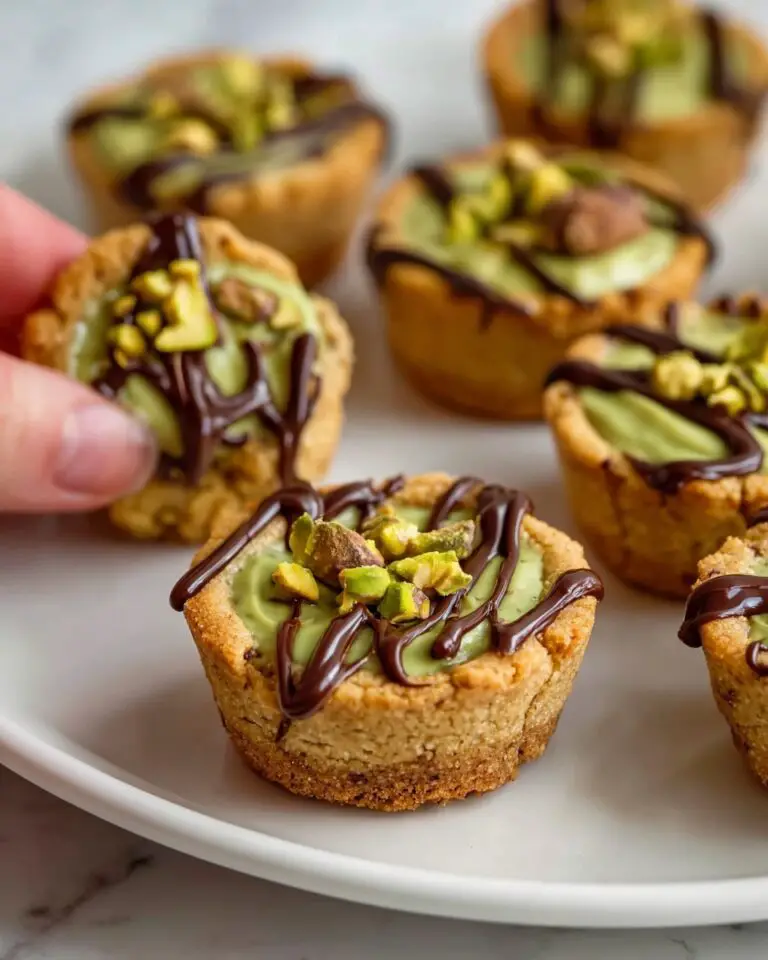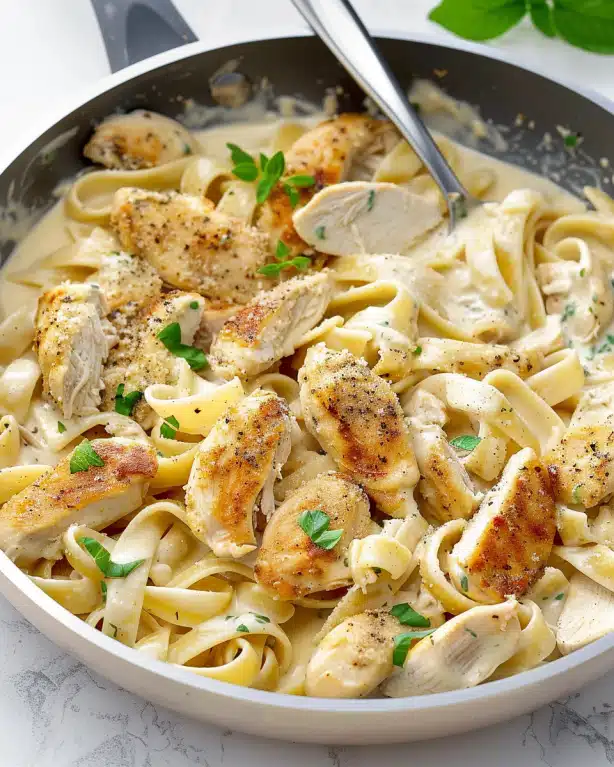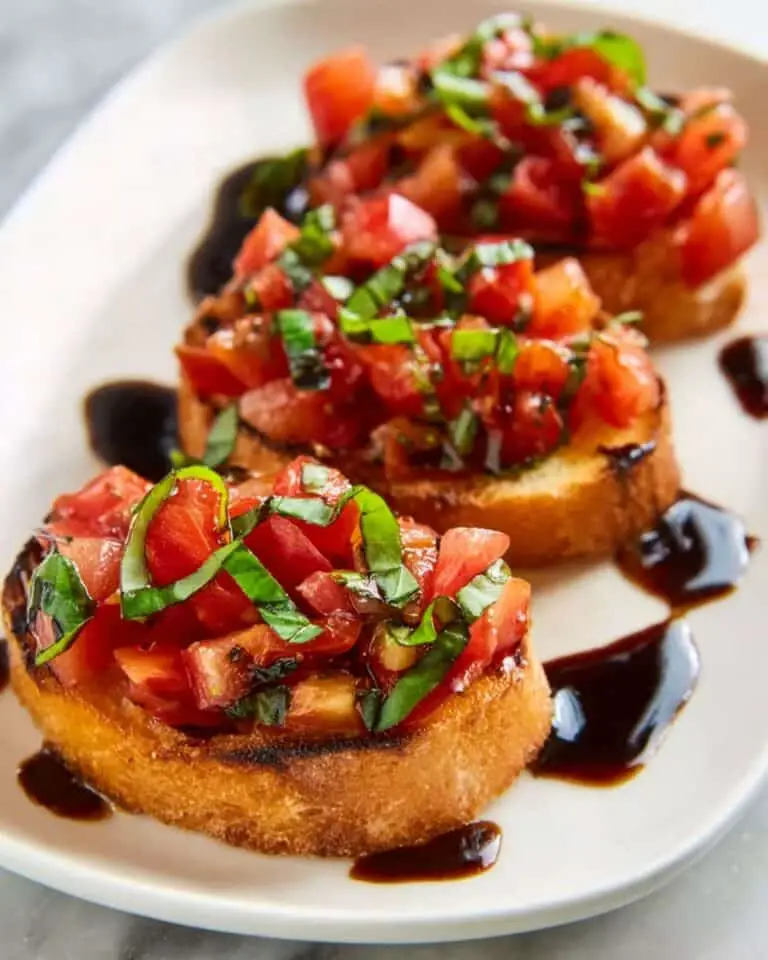If you adore the rich layers of traditional baklava and the creamy indulgence of cheesecake, the Baklava Cheesecake Recipe is your dream dessert come true. This luscious fusion dessert captures the flaky, nutty goodness of baklava wrapped around a smooth, orange-infused ricotta cheesecake, all kissed by fragrant honey and warm spices. Every bite is a celebration of textures and flavors, perfect for sharing with friends or impressing guests with a unique twist on two classics. Trust me, once you try this recipe, it will become a favorite in your dessert repertoire.
Ingredients You’ll Need
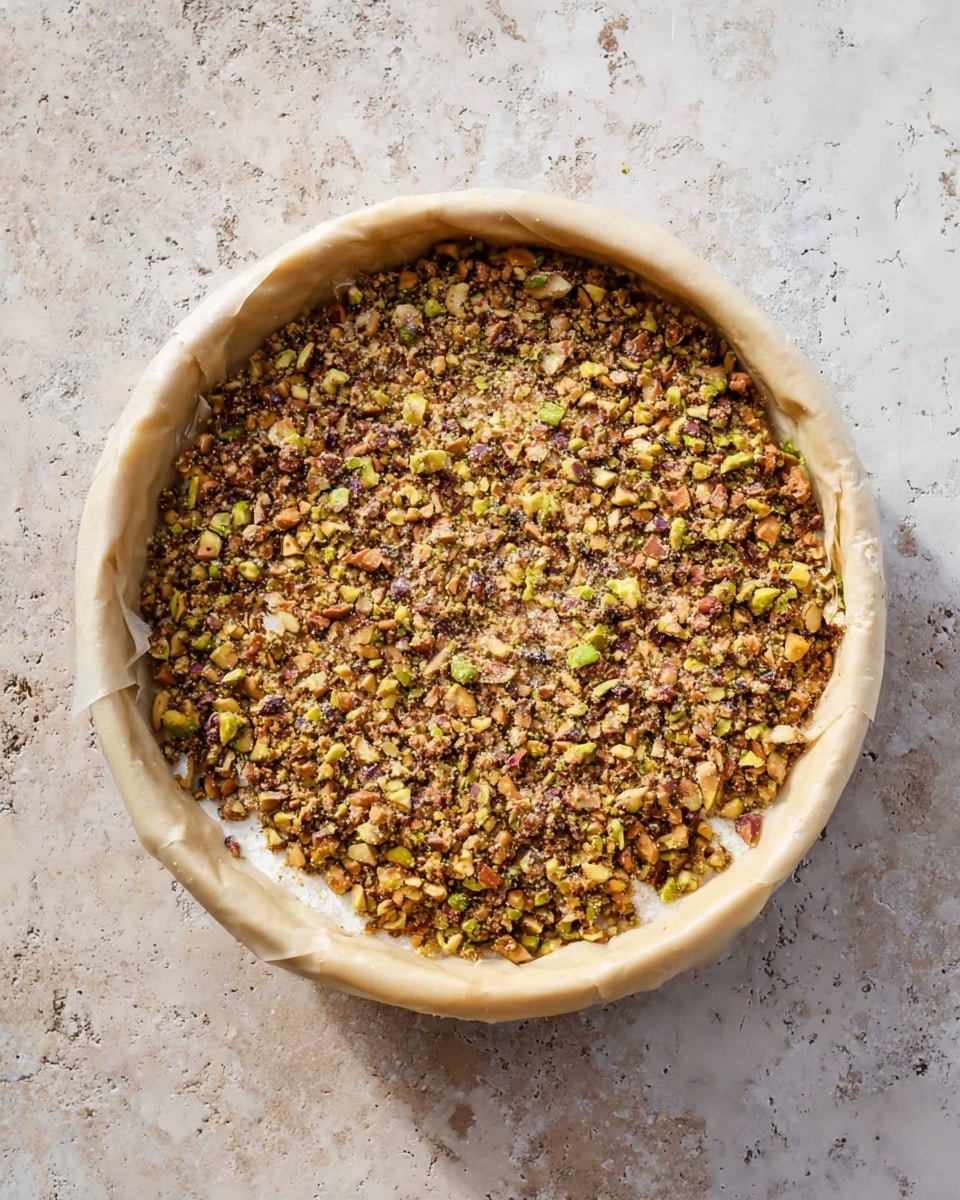
Don’t be intimidated by the array of ingredients here—each one is simple but essential, building layers of flavor, flaky texture, and inviting color. From the aromatic orange zest to the crunchy nuts and creamy ricotta, they all come together to create this stunning dessert.
- Extra virgin olive oil: Used to brush the phyllo for a crisp, golden crust with a subtle fruity undertone.
- Walnuts (1/3 cup, chopped): Adds a rich earthiness and crunch; keep a bit aside for garnishing the final cake.
- Pistachios (1/3 cup, chopped): Provides beautiful color contrast and a mild, buttery flavor; reserve some for topping.
- Sugar (2 tablespoons): Sweetens the nut mixture, balancing out spices and sharpening flavors.
- Ground cinnamon (1 teaspoon): Infuses warm, cozy spice into the nutty filling, evoking classic baklava vibes.
- Phyllo dough (10 sheets): The star for that signature flaky, crisp texture—make sure it’s thawed if frozen.
- Whole milk ricotta cheese (3 pounds, strained & room temp): Creamy base that’s lightened with whipping to create a smooth cheesecake texture.
- Eggs (8 large, room temp): Binds and gives structure to the cheesecake filling, ensuring it sets beautifully.
- Sugar (1 1/4 cups): Sweetens the cheesecake batter perfectly without overpowering.
- Vanilla extract (1 teaspoon): Adds depth and a subtle floral sweetness to the filling.
- Oranges (2 large, zested): Brings fresh brightness and vibrancy to balance richness—zest is divided for batter and garnish.
- Honey (1/4 to 1/3 cup): A luscious drizzle to finish off, enhancing sweetness and adding a sticky glaze that ties everything together.
How to Make Baklava Cheesecake Recipe
Step 1: Prepare and Preheat
Start by positioning your oven rack in the middle and preheating it to 350°F. You want an even heat to cook the cheesecake and crisp the phyllo to perfection. Brush a 10-inch springform pan generously with olive oil, then set it on a large sheet pan to catch any drips during baking. This preparation makes sure everything stays neat and your crust crisps beautifully.
Step 2: Make the Nut Mixture
In a small bowl, combine chopped walnuts, pistachios, sugar, and cinnamon. Mixing these ingredients now lets the sugar dissolve and coats the nuts with sweet-spiced flavor, creating the signature baklava filling that contrasts beautifully with the smooth cheesecake.
Step 3: Assemble the Phyllo Crust
Layer the phyllo sheets carefully in the oiled pan: start with two sheets pressed gently on the bottom and sides, brushing each with olive oil to build up that golden, flaky crust. Add three more overlapping sheets laid in different directions to fully cover the pan, also brushing with olive oil and allowing phyllo to hang over the edges for a lovely rustic finish. Sprinkle the nut mixture evenly over the phyllo base, then layer the remaining sheets on top using the same brush-oil technique. If any phyllo sheets hang too long, fold them over or trim with scissors to keep it tidy.
Step 4: Prepare the Cheesecake Batter
In a standing mixer bowl fitted with a paddle, combine ricotta, eggs, sugar, vanilla, and half the orange zest. Start mixing slowly for 1 to 2 minutes, then increase to medium-low speed for about 10 minutes. This step is key to incorporating air into the mixture so the cheesecake becomes light and fluffy rather than dense. If using a hand mixer or stirring by hand, keep the motion continuous and gentle to achieve the same airy texture.
Step 5: Assemble and Bake
Pour the luscious cheesecake batter over the phyllo-lined pan nestled with nuts, smoothing it gently. Slide the springform pan into the oven and bake for 60 to 90 minutes, watching for a firm top that turns golden-brown. The cheesecake might jiggle slightly in the middle but don’t worry—that’s normal. If your phyllo starts browning too quickly, lower the oven to 325°F to avoid burning. This delicate balance makes all the difference.
Step 6: Cool Completely
Remove the cheesecake from the oven and let it cool on a wire rack for 1 to 2 hours. Then refrigerate for at least 6 hours or ideally overnight to allow the flavors to meld and the cheesecake to firm up completely. Patience here pays off with a perfectly set Baklava Cheesecake Recipe you’ll be proud of.
Step 7: Finish and Serve
Warm the honey gently in a glass bowl placed over warm water until pourable and glossy. Trim any extended phyllo crust edges if needed—you can crumble these over the top for extra crunch. Release the springform pan carefully, transfer the cake to a serving platter, and garnish with remaining chopped nuts and orange zest. Finally, drizzle the warm honey over the top, allowing it to seep into the layers and add an irresistible sticky glaze. Slice and enjoy the magical contrast of textures and tastes.
How to Serve Baklava Cheesecake Recipe
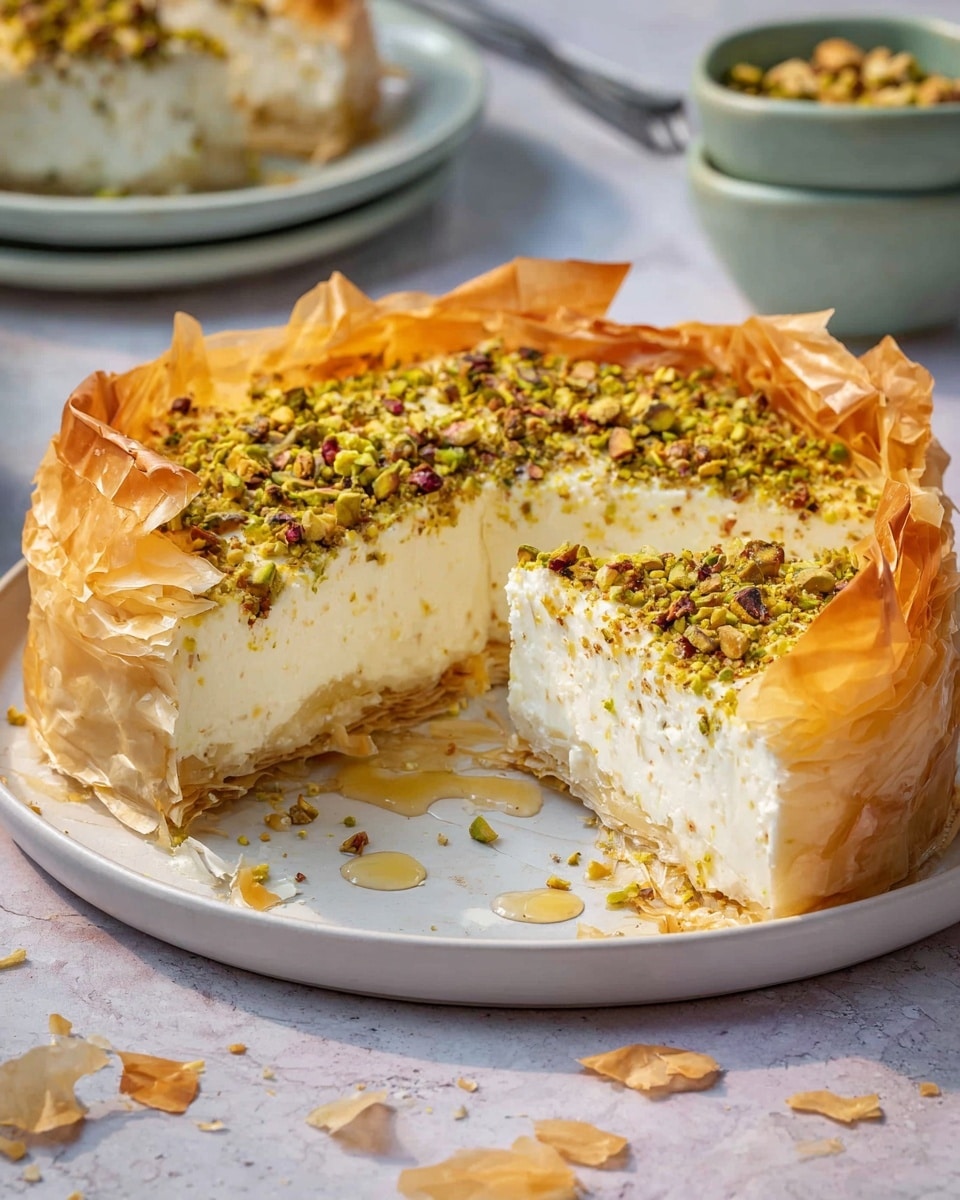
Garnishes
Chopped pistachios and walnuts scattered on top add a beautiful crunch and splash of green and brown that make your baklava cheesecake as pretty as it is delicious. Fresh orange zest brightens the presentation and enhances the citrus notes embedded in the filling. Drizzling warmed honey just before serving adds shine and a signature Sweet touch that never disappoints.
Side Dishes
This Baklava Cheesecake Recipe shines on its own but pairs wonderfully with a light dollop of whipped cream or a scoop of vanilla bean ice cream to balance the nutty richness. Fresh berries, especially tart raspberries or pomegranate seeds, offer a burst of juiciness and slight acidity that complement the creamy texture beautifully.
Creative Ways to Present
If you want to impress your guests, serve mini individual cheesecakes in small springform pans or ramekins, layering them with pistachio crumbs between slices for added flair. Another fun option is cutting the cheesecake into bars and drizzling with extra honey and crushed nuts for a portable and casual treat that still wows.
Make Ahead and Storage
Storing Leftovers
After enjoying this decadent dessert, wrap leftover baklava cheesecake tightly with plastic wrap or store it in an airtight container and refrigerate. It will keep beautifully for up to 4 days, allowing the flavors to intensify even further. Always keep it chilled to maintain that signature creamy texture.
Freezing
You can freeze individual slices wrapped well in plastic and foil for up to 2 months. Thaw overnight in the fridge before serving to preserve the delicate phyllo crispness and smooth cheesecake inside. Avoid freezing the whole cheesecake to prevent sogginess and texture loss.
Reheating
If you want to enjoy your Baklava Cheesecake Recipe warm, gently reheat slices in a low-temperature oven (around 275°F) for 5-8 minutes to revive the flaky phyllo and soften the cheesecake without drying it out. Drizzle a bit of honey afterward for that fresh-from-the-kitchen glow.
FAQs
Can I use another type of nut instead of walnuts and pistachios?
Absolutely! While walnuts and pistachios are classic for baklava’s flavor and texture, you can substitute or add almonds, pecans, or hazelnuts based on your preference. Just make sure to chop them finely to maintain the proper texture in the cheesecake layers.
Do I have to use ricotta cheese for the filling?
Ricotta is traditional for this style of cheesecake because of its smooth, creamy texture and mild flavor. However, if you prefer, you can experiment with mascarpone or a blend of cream cheese and ricotta for a slightly different but equally delicious consistency.
Is it necessary to strain the ricotta cheese before using?
Yes, straining is recommended to remove excess moisture that can make the cheesecake runny. Use fine cheesecloth or a strainer to drain the ricotta for at least an hour before starting your batter. This step ensures the perfect creamy but firm finish.
Can I make the Baklava Cheesecake Recipe gluten-free?
This recipe relies on phyllo dough which traditionally contains gluten. For a gluten-free option, you would need to find specialty gluten-free phyllo or substitute with a gluten-free nut crust. Keep in mind this will alter the signature flaky texture somewhat.
How long does it take to bake the cheesecake perfectly?
Baking generally takes between 1 hour to 1 hour and 30 minutes at 350°F. Watch for a golden-brown top and firm edges with slight jiggle in the center. If the phyllo browns too fast, reduce the temperature to 325°F to prevent burning and ensure even cooking.
Final Thoughts
This Baklava Cheesecake Recipe is truly a showstopper, blending the best of three worlds: flaky phyllo, crunchy nuts, and creamy cheesecake glossed with honey and fresh orange zest. It feels both exotic and comfortingly familiar—perfect for a special occasion or whenever you want to treat yourself. I can’t wait for you to try it and savor every delightful bite!
PrintBaklava Cheesecake Recipe
This Baklava Cheesecake is a decadent fusion dessert combining the flaky, nutty layers of classic baklava with the creamy richness of ricotta cheesecake. Featuring a crisp phyllo dough crust filled with a spiced walnut and pistachio mixture, and a fluffy orange-scented cheesecake batter, it bakes to golden perfection and is finished with a drizzle of warm honey and additional nut and orange zest garnish. Perfect for special occasions or as an indulgent treat, this recipe serves 16 and offers a delightful balance of textures and flavors reminiscent of traditional Middle Eastern sweets.
- Prep Time: 30 minutes
- Cook Time: 1 hour 30 minutes
- Total Time: 8 hours
- Yield: 16 servings
- Category: Dessert
- Method: Baking
- Cuisine: Fusion (Middle Eastern/American)
- Diet: Vegetarian
Ingredients
Phyllo Crust and Nut Mixture
- Extra virgin olive oil (for brushing)
- 1/3 cup walnuts, chopped (plus more chopped walnuts for garnish)
- 1/3 cup pistachios, chopped (plus more chopped pistachios for garnish)
- 2 tablespoons sugar
- 1 teaspoon ground cinnamon
- 10 sheets phyllo dough, thawed if frozen
Cheesecake Batter
- 3 pounds whole milk ricotta cheese, strained and at room temperature
- 8 large eggs, at room temperature
- 1 1/4 cups sugar
- 1 teaspoon vanilla extract
- Zest of 2 large oranges, divided
Finishing
- 1/4 to 1/3 cup honey
Instructions
- Prepare the Oven and Pan: Position a rack in the middle of your oven and preheat to 350°F. Brush a 10-inch springform cake pan generously with olive oil, then place the pan on a large sheet pan to catch any drips or spills during baking.
- Make the Nut Mixture: In a small bowl, combine the chopped walnuts, pistachios, sugar, and ground cinnamon. Mix evenly and set aside; this mixture will be layered within the phyllo crust for a classic baklava flavor.
- Assemble the Phyllo Crust: Lay two sheets of phyllo dough into the oiled springform pan, gently pressing them onto the bottom and sides. Brush the dough thoroughly with olive oil, including any sections that hang over the pan edges. Next, layer three additional sheets of phyllo on top so they overlap and rotate the pan as needed so the phyllo covers all sides, leaving slack hanging over the edges. Brush again with olive oil, then sprinkle the prepared nut mixture evenly over the bottom layer. Lastly, place the remaining phyllo sheets over the nuts following the same overlapping pattern, brushing each sheet with olive oil. Adjust any long overhang by folding or trimming with kitchen scissors.
- Prepare the Cheesecake Batter: In the bowl of a standing mixer fitted with a paddle attachment, combine the strained ricotta cheese, eggs, sugar, vanilla extract, and half of the orange zest. Start mixing at low speed for 1 to 2 minutes until combined, then increase to medium-low speed (speed 2 on a KitchenAid) and mix for about 10 minutes. The batter should become light, fluffy, and well aerated. If you’re using a hand mixer, maintain a low speed to avoid splashing; a wooden spoon can be used with continuous vigorous stirring until fluffy.
- Assemble and Bake: Pour the prepared cheesecake batter evenly over the phyllo and nut layers in the springform pan. Place the cake on the middle rack of the preheated oven and bake for 1 to 1 1/2 hours, or until the cheesecake has mostly set and the top and phyllo crust have turned a rich golden brown. It’s normal for the center of the batter to jiggle slightly; it will firm once cooled. Monitor the crust carefully; if it browns too rapidly, reduce oven temperature to 325°F to prevent burning.
- Cool Completely: Remove the cheesecake from the oven and transfer it to a wire rack to cool for 1 to 2 hours. Once cooled, refrigerate the cheesecake for at least 6 hours or preferably overnight to allow it to firm up fully and develop flavors.
- Finish and Serve: Gently warm the honey by placing the jar or bowl inside a larger bowl of warm water for 5 to 10 minutes, stirring occasionally until it becomes loose and pourable. Trim any excess phyllo crust hanging over the pan edges for easier release, or crumble this extra crust to sprinkle over the top. Unlock and remove the springform pan sides, transfer the cheesecake to a serving platter, and garnish with additional chopped walnuts, pistachios, the remaining orange zest, and a generous drizzle of the warmed honey. Slice and serve to enjoy the perfect blend of creamy cheesecake and crunchy baklava textures.
Notes
- Use room temperature ingredients for the smoothest, fluffiest batter and even baking.
- Straining the ricotta cheese removes excess moisture for a denser, creamier cheesecake.
- Handle phyllo dough carefully as it dries out quickly when exposed to air; cover it with a damp towel when assembling.
- Honey can be warmed gently to achieve a better drizzle consistency but avoid overheating or boiling it to prevent flavor loss.
- Storing leftover cheesecake covered in the refrigerator is best; consume within 3-4 days.
- Adjust the amount of honey based on your desired sweetness level.
- For a nut allergy-friendly variation, substitute nuts with finely chopped dried fruits or seeds, though this will alter texture and flavor.


